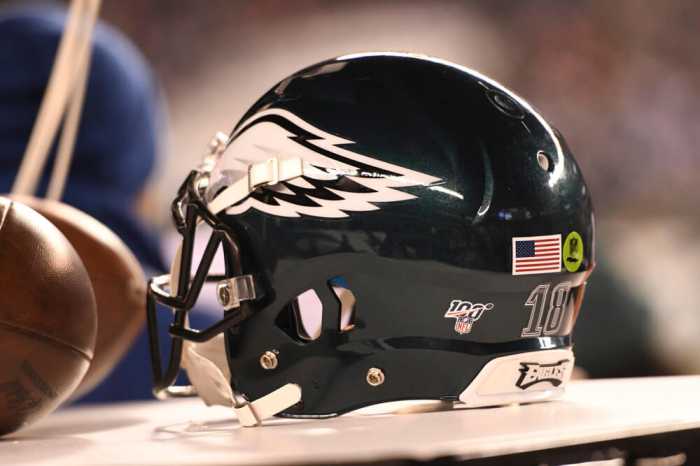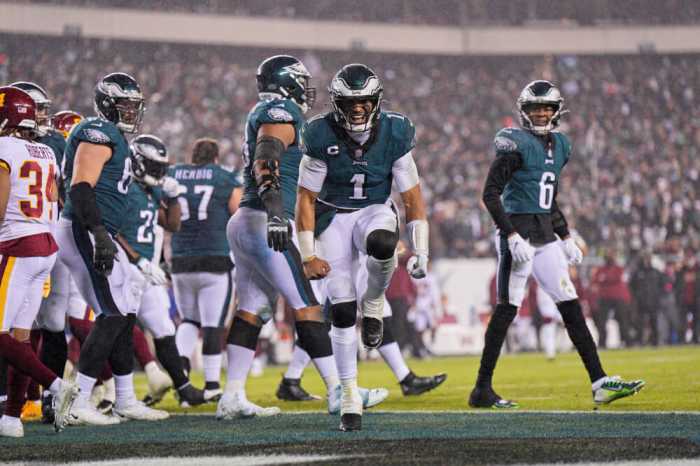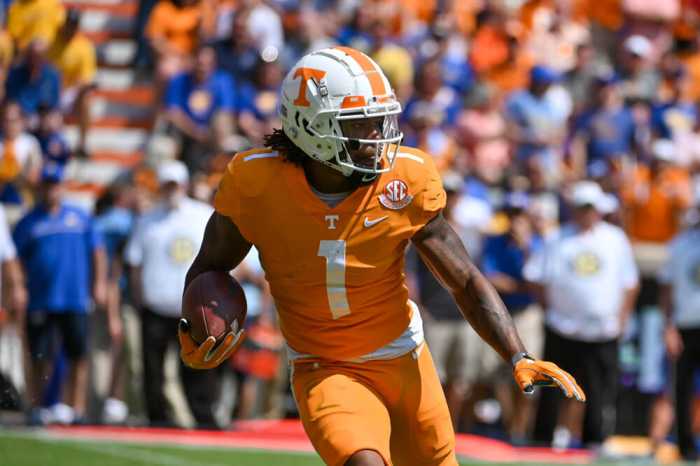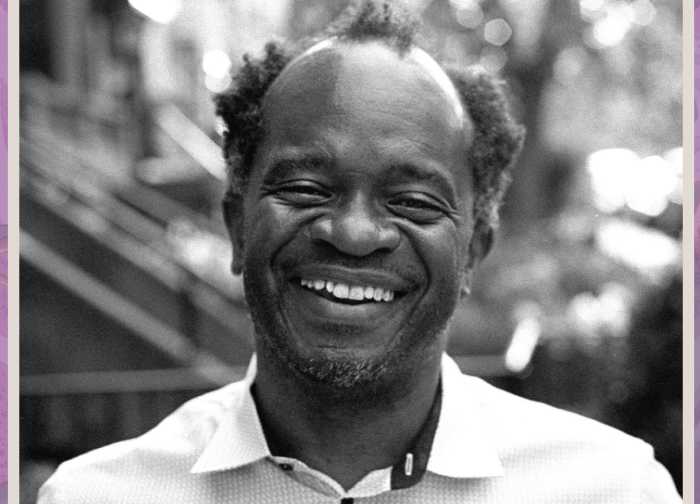“For us, A.J. Brown was somebody that we had studied coming out and spent a lot of time on, and we had a lot of love for A.J. Brown in that Draft. Obviously, things went a different way in that Draft.
But really excited to get him just in terms of how Coach (Sirianni) can use him and his vision for A.J. Brown in this offense and how he complements the other guys that we have here. As you guys may or may not know his relationship with our quarterback, all exciting things. Looking forward to getting him into Philadelphia.”
That was Eagles General Manager, Howie Roseman following the first round of the 2022 NFL Draft. The Eagles traded one of their two first-round picks and a third-rounder to the Tennessee Titans for A.J. Brown.
The Eagles made the 25-year-old wideout their highest-paid player (Brown signed a four-year, $100 million deal with $57 million guaranteed), and for good reason.
In today’s NFL, from a roster construction standpoint, there is an ongoing trend. The value of elite-level receivers has risen considerably in the last few years. Whether it was the Dallas Cowboys trading for Amari Cooper in 2018, the Buffalo Bills trading for Stefon Diggs in 2020, the Arizona Cardinals acquiring DeAndre Hopkins from the Houston Texans (also in 2020), or the multitude of trades for wide receivers we’ve seen this offseason, it’s clear there is a ‘boom’ (in the words of Howie Roseman) at the wide receiver position.
The crux of the Eagles’ acquisition of A.J. Brown is simple. The organization sees him as someone who can help them get to where they want to as an offense.
“We want to have both a dynamic passing attack, excellent running attack, and all built around a great offensive line,” Eagles owner Jeffrey Lurie said in March.
The Eagles have one of the best offensive lines in the NFL, evidenced by the number one rushing attack that they sported last season. That leaves one remaining piece to the puzzle: a dynamic passing attack.
The Eagles’ passing attack sputtered throughout the 2021 season. Philadelphia averaged 200.2 passing yards per game on the fewest attempts in the NFL per game (31) last season.
The passing attack was so anemic, that it caused them to shift offensive philosophies midway through the season and become a run-first offense, which they rode to the playoffs. Philadelphia simply didn’t have enough in the passing game for it to be effective last season.
This is where A.J. Brown comes in.
The Ole Miss product has been one of the most productive receivers since being selected 51st overall by the Tennessee Titans in 2019. Brown is PFF’s 4th highest graded receiver since entering the league.
A.J. Brown posted two straight 1,000-yard seasons in his first two seasons in the NFL. Since 2000, he’s one of just 35 receivers to accumulate over 2,800 receiving yards in their first three seasons in the NFL. Brown’s 16.2 yards per reception rank third in the NFL since being drafted.
In 2021, as a first-time starter, Hurts struggled to find his footing early on. The offense rarely ran the ball and put much of the onus on him to lead the way. Through six weeks, Hurts had accounted for 87% of the Eagles’ offense, the highest rate by any player on any team up to that point.
Hurts finished the 2021 season throwing for 3,144 yards and 16 touchdowns along with nine interceptions. On the ground, Hurts rushed for 784 yards and 10 scores.
Throughout the offseason, much has been made about Hurts’ ability to develop as a passer. How much he can over the course of one offseason remains to be seen.
A.J. Brown will surely elevate the play of Hurts because he is a force multiplier on offense. In 2019, he led the NFL with an average of 8.8 yards after the catch and was tied for 12th (ninth among wide receivers) with a 6.2 average in 2020. Despite missing four games in 2021, Brown amassed 248 yards after the catch. A huge help for Brown throughout his career has been the implementation of the play-action pass game in Tennessee.
A ton of Brown’s receiving yards come out of play-action pass sets. In 2021, two of Brown’s three 40+ yard receptions came off play action (the Eagles offense as a team had five 40+ yard receiving plays all season). Before the 2021 season, Brown ranked first in yards per reception on play-action passes since entering the league.
Last season, the Eagles ranked 7th in play-action pass attempts and 10th in passing yards on play-action pass attempts. 57% of Jalen Hurts’ passing yards came out of the RPO or play-action pass game. Hurts also finished 2021 with a 97.2 passer rating when the Eagles’ offense utilized the play-action passing game.
Of course, Shane Steichen can’t call play-action pass sets every time they drop back. The Eagles will need Brown and Smith to win one-on-one on the outside and both have shown the ability to do so.
Regardless of how it plays out, Philadelphia has attempted to build a fail-proof situation around Jalen Hurts. They’ve surrounded him with a stout running game, guided by the best offensive line in pro football. They’ve drafted his Heisman-winning, college teammate. And they’ve acquired his best friend, who also happens to be a top-10 wide receiver in the entire NFL.
Howie Roseman saw an opportunity and struck. Putting pieces around a young quarterback who is on a rookie deal has become commonplace in today’s NFL. On the surface, all the pieces are there for a successful quarterback-wide receiver mutualistic relationship, where both players shine.
In Brown’s words, “He’s just like me, you know?”
“Preparing, studying. This morning we got over here real early, before everyone else, preparing. That’s just who he is. Me and Jalen.”
The Eagles have essentially exhausted all resources in an attempt to find out what Hurts is as an NFL quarterback. Good or bad, they’re going to get their answer.
Photo by Michael Allio/Icon Sportswire




























